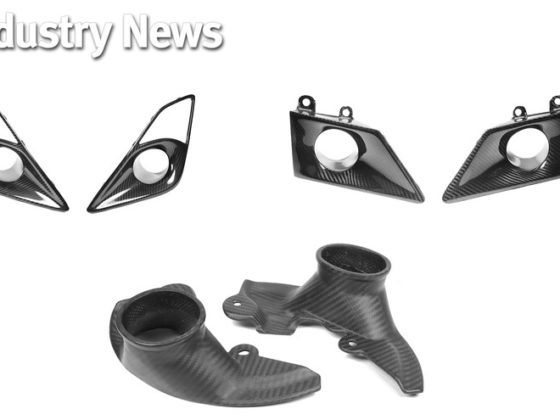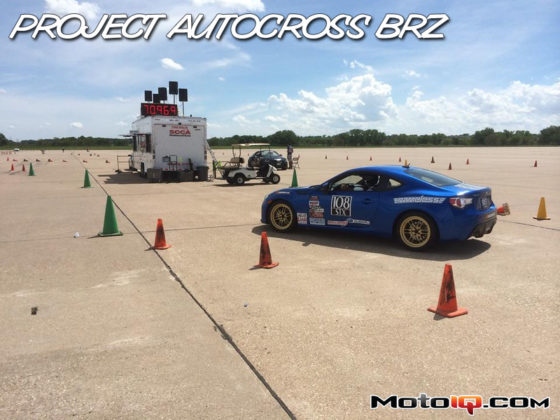
Demystifying the Camshaft: Part 1 – Valve Events
As we all know, the key to making power is to create pressure in the combustion chamber – and to create that pressure at the right time. This pressure works to drive the piston down in the cylinder and cause the crankshaft to rotate. The more air/fuel mixture you can get into the combustion chamber, the greater your potential for creating more pressure, and more power. That’s why turbochargers and superchargers work so well – they cram more fuel-laden air into the cylinder while the intake valve is open.
In a naturally aspirated vehicle, the intake mixture must be drawn into the cylinder by the pressure differential caused by the piston moving down in the cylinder. The mixture is then compressed by the piston, and ignited by the spark plug. The burning mixture rapidly expands, pushing the piston down again. The next time the piston comes up, the exhaust valve is open, and the spent gases are forced out through the exhaust system. Then it all begins again, and I’m sure you've seen the diagrams and heard the explanations at least a dozen times.
 Depending on the engine a cam upgrade may not be for the faint of heart!
Depending on the engine a cam upgrade may not be for the faint of heart!In this article, I’m going to try and demystify some of the art and science of the camshaft. When it comes to understanding what goes on inside your engine, one of the most complicated subjects to grasp is camshaft design. I’m not going to go into the details of what camshaft works best for a particular application – what I’d like to do is give you a basis for understanding what’s going on inside your engine as the valves open and close, and how those events influence engine performance.
 This image represents an engine at rest. Atmospheric pressure is 14.7 psi, and there is equal pressure in the ports and in the combustion chamber.
This image represents an engine at rest. Atmospheric pressure is 14.7 psi, and there is equal pressure in the ports and in the combustion chamber.When you look at camshaft specs, the most common numbers thrown about are lift (how far the valve is opened), and duration (how long the valve remains open, in degrees of crankshaft rotation). There’s advertised duration, as well as duration measured at a specific amount of lift, and some manufacturers may choose to measure using different benchmarks, but lift and duration are the most prominent specifications people like to argue (discuss?), and, while significant, they only tell part of the story. While lift and duration are the common numbers you see, most camshaft manufacturers will also provide you with more detailed set of specifications that tell a lot more about when the valves actually open and close – this specification sheet is commonly called a “cam card.” The cam card gives you the details of what we call the “valve events.”
 In this image, imagine the piston is travelling down the bore. The pressure in the cylinder is lower than atmospheric (13.9 psi – this number is arbitrary just to illustrate the point). The intake valve on the right is open, and the difference in pressure (14.7 – 13.9 = 0.8 psi) is the force that is moving our objects (blue arrows) from higher pressure to lower pressure.
In this image, imagine the piston is travelling down the bore. The pressure in the cylinder is lower than atmospheric (13.9 psi – this number is arbitrary just to illustrate the point). The intake valve on the right is open, and the difference in pressure (14.7 – 13.9 = 0.8 psi) is the force that is moving our objects (blue arrows) from higher pressure to lower pressure.Understanding valve lift is pretty simple – it just means how far the valve is opened, and is always stated as the maximum lift achieved. How quickly the valve is opened and closed is a subject in itself, but as a specification lift is pretty intuitive to understand. Duration is much more complex than it seems, not because of the different ways it is measured, but because it has little meaning unless you understand the timing of the valve events. When a camshaft is designed for a particular application and rpm range, the designer really doesn’t begin with a specific duration target – the duration is actually determined by the timing of the valve events, and not the other way around. In this article, the focus is on the valve events and what they mean.
 In this image, the piston is moving up the bore, which increases the cylinder pressure in relation to the exhaust port on the left. The difference in pressure creates a force that moves our objects (red arrows) from higher pressure to lower pressure.
In this image, the piston is moving up the bore, which increases the cylinder pressure in relation to the exhaust port on the left. The difference in pressure creates a force that moves our objects (red arrows) from higher pressure to lower pressure.Before we delve into the valve events themselves, we need some background in basic physics. One very important thing to remember – air has mass, and because of that, it has inertia. Inertia is simply the resistance that an object has to a change in its state of motion. Remember high school physics? Newton’s First Law of Motion? Briefly stated: “an object at rest stays at rest, and an object in motion stays in motion, unless acted upon by an outside force.”



